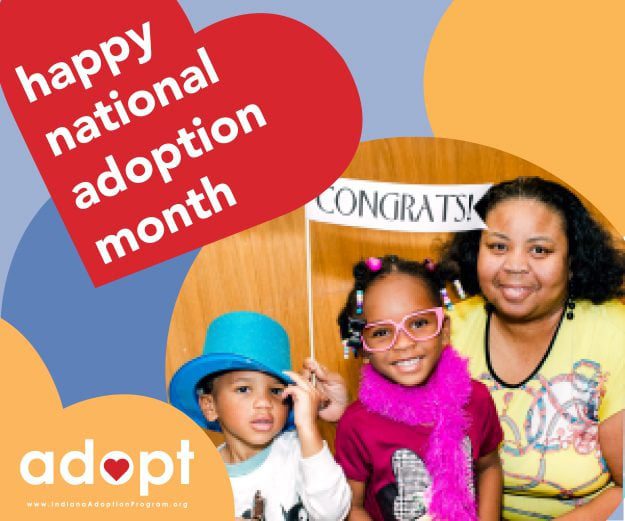Who uses food stamps more, Blacks? Whites? Hispanics? Most would say African-Americans, but the numbers prove that perception false.
According to Feeding America, African-American households are less likely to receive SNAP benefits than white, non-Hispanic households.
The U.S. Census Bureau also states that about 28 percent of households that receive food stamps are African-American, while 59 percent are white.
Last year in Indiana, 297,825 African-Americans received SNAP while 802,925 Caucasians received benefits.
So why is it believed that more Blacks use food stamps than other groups?
“There’s a lot of misperception associated with who’s hungry in America and who’s receiving SNAP benefits,” said Maura Daly, spokesperson for Feeding America, a national hunger relief charity. “Hunger is an invisible issue in our community. It’s something that has a lot of stigma and pride associated with it. Some people don’t want to admit they don’t have access to food or need assistance.”
Some point to continued racism.
“It’s a part of our cultural representation, it’s about the vilification of Black people, especially Black urban populations,” said Tamara Leech, director of survey research center at IUPUI. “We also have coded language like ‘welfare moms’ and ‘urban populations,’ which are euphemisms for Black populations. These things get combined with public assistance.”
The other surprising side to statistics on Blacks being less likely to receive food stamps, is that African-American households are more than twice as likely to be food insecure, meaning the inability to access adequate nutrition, as white households. Blacks also disproportionately represent the emergency food assistance client population. Poverty, unemployment and underemployment are drivers of these factors.
“Black families are hit harder by recession. We’re hit harder because of structural inequalities and subsequently over represented in the folds of people who access (food stamps),” said Leech.
In short, Blacks aren’t overwhelmingly receiving stamps, but they still do not have independent resources for food.
To be eligible for food stamps, one must live at 130 percent of the poverty level, which is $23,000 per year for a family of four. Of the Black families that receive SNAP, Daly said it’s oftentimes not enough; therefore families must also rely on food pantries. There are also households who don’t qualify for food stamps and must also find extra help at food banks.
“Even if they get SNAP, if they’re living in an area without adequate stores, there’s no food to buy,” added Leech.
Hunger is also thought of as a phenomenon that happens in other countries; however people go hungry every day right here in Indianapolis. To help address the issue of hunger and food insecurity on the city’s Eastside, well-known entities took action. The Community Alliance of the Far Eastside, Forest Manor Multi-Service Center and United Northeast Community Development Corp., collectively known as Indy East Food Desert Coalition (IEFDC), partnered to provide access to fresh food and reasonably priced nutritious food options in under-resourced, high-need communities located in food deserts on the Eastside of Indianapolis. They also provide nutrition initiatives and health-focused educational opportunities to residents.
Their goals are manifested in programs such as exercise classes, healthy cooking classes and nutrition demonstrations. Now that the weather is more pleasant, they are beginning to work in community gardens and offer the fresh products to residents.
It’s argued that those who receive SNAP, or are low income, don’t purchase fresh fruits or vegetable and instead purchase items that have a longer shelf life. Through their research, IEFDC has found that perception is not true. Those groups simply don’t know how to prepare and eat certain items.
“You have your lettuce and carrots, but if I gave someone a poblano pepper, they wouldn’t know how to use it,” said Kyle McIlrath, health and wellness coordinator for the Forest Manor Multi-Service Center. “We’re also educating people on the fact that healthy items aren’t more expensive than processed food.”
In addition to offering educational and food initiatives, IEFDC is currently conducting a study.
“There are grocery stores, but they’re not accessible to everyone. Right now we’re trying to figure out where people get their food. If they’re not going to the grocery store, we’re trying to find out why. Is it lack of transportation, time, safety? We’re surveying the whole Eastside to figure this out,” said McIlrath.
Although places like Walgreens and other convenience stores are making an effort to provide healthy, affordable options to shoppers, McIlrath said much more is needed to stock Eastsiders’ pantries with adequate food.





